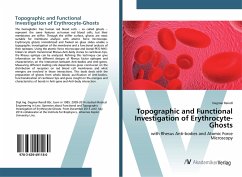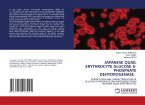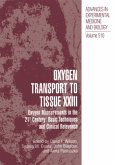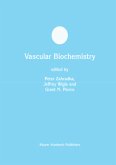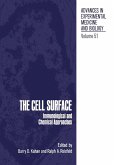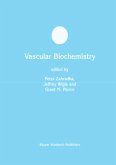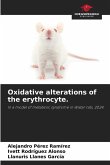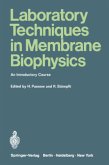The hemoglobin free human red blood cells - so called ghosts - represent the same features as human red blood cells, but their membranes are stiffer. Through the stiffer surface, ghosts are most suitable for membrane analysis with atomic force microscope. Erythrocyte ghosts immobilized and fixated on glass slides enable a topographic investigation of the membrane and a functional analysis of their epitopes. Using the atomic force microscope and Acetal-PEG-NHS-linkers to attach monoclonal Rhesus-Anti-body clones to cantilever-tips, the Rhesus epitope can be analyzed. Refining this technique can give information on the different designs of Rhesus factor epitopes and characteristics on the interaction between Anti-bodies and Anti-genes. Measuring different loading rate dependencies gives conclusion on the distribution of receptors on red blood cell membranes and what energies are involved in those interactions. This book deals with the preparation of ghosts from whole blood, purification of Anti-bodies, functionalization of cantilever tips and gives insight on the energies and characteristics of bonds in Anti-gene and Anti-body interaction.
Bitte wählen Sie Ihr Anliegen aus.
Rechnungen
Retourenschein anfordern
Bestellstatus
Storno

